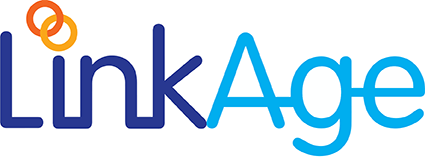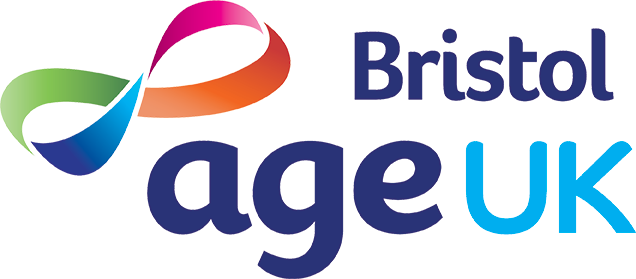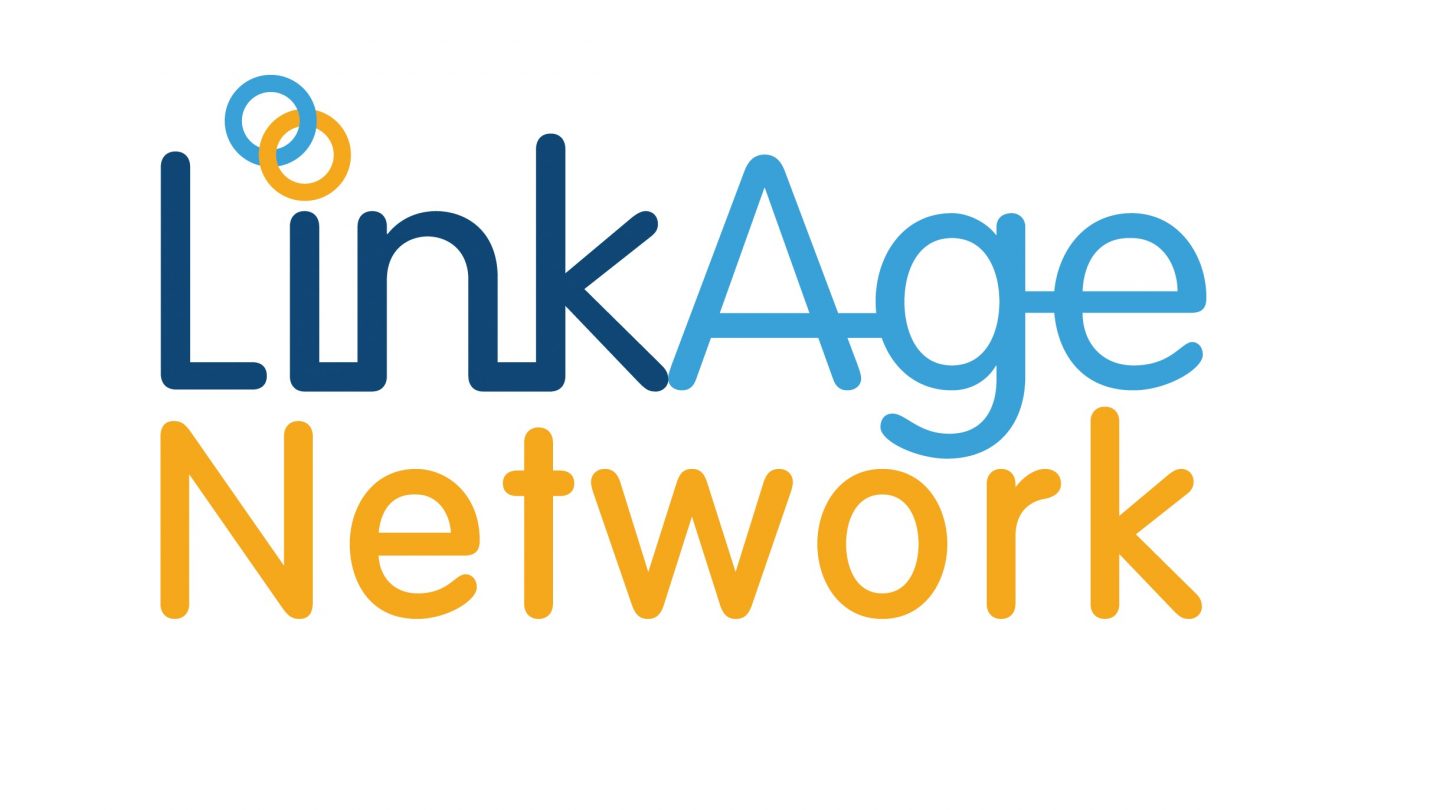From where I stand as a CEO of a small charity, I feel like an observer watching a massive kaleidoscope shift, focus and re-focus all around me. A kaleidoscope of demographic change, service restructures and funding cuts. And I wonder what the pattern will be like when it finally comes to settle. Therefore, I was excited that LinkAge Network’s most recent membership event concentrated on this topic and generated some in-depth conversation that really got us going.
The event tried to keep in mind all of the changing axes and discuss what it meant for the community sector, funding resources and the health of local older generations. It was no mean feat! We discussed how;
• infrastructures have changed, for instance we now have one regional Clinical Commissioning Group instead of the previous three,
• we live in times when massive public funding savings are normal,
• as a result, the community sector turns as one to fewer funding resources,
• the older population is growing; living longer and healthier for longer,
• there are notable health priorities for this age group, for instance staying physically active,
• into which many community organisations have a part to play, directly or indirectly. For instance, several community organisations directly provide physical activity, others encourage it, for instance by providing accessible information.
Somewhere in all of this there is a pattern of service provision from different providers which can maximise the impact on the lives of older adults. The Network event was designed to start to scratch under the current surface and discover this new pattern.
We were delighted to have Deborah El-Sayed, Director of Transformation, from the Bristol, North Somerset, and South Gloucestershire Clinical Commissioning Group to talk about CCG aspirations for delivering services for the older population. From my point of view, it was wonderful to have the CCG at the table discussing our shared priorities for the older public.
And we were equally delighted to welcome Vicki Morris, representing the West of England Civil Society Partnership, which is an infrastructure organisation representing the third sector across the west of England. Vicki’s presence meant that the group could sink their teeth into what the community sector needs to be able to work alongside statutory health providers, such as the CCG, to provide for their communities.
And although we didn’t find the ultimate answer to our conundrums (we may need another two hours – Brexit has nothing on us!) we did uncover some common themes.
• The group admired ageless solutions which actually benefitted people from all walks of life.
• We all need to be smart and face the challenge about how resources are employed; we need to innovate, work in partnership so that there is no duplication, and offer value for money.
• There is a need to build capacity and skills across the community sector.
• The community sector must collect data and prove its impact to be able to prove that what it offers has a valuable effect on health and social outcomes. There will be a need to improve skills and capacity in organisations to be able to do this well.
So, what next? Well, in my recent experience, health structures in most of their forms are already starting to engage with values and offers commonly found in the community sector. So this is a good start, but we all need to keep asking questions, exploring possibilities and working out how we as a kaleidoscopic ecosystem can move forward and work together.
This article was written by Jo Stokes, Chief Executive Officer at LinkAge Network.


